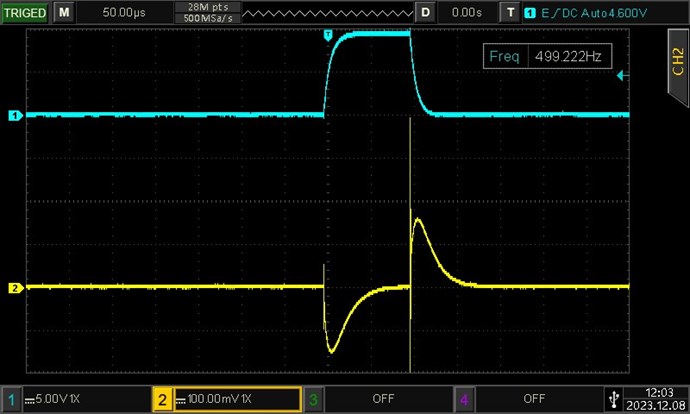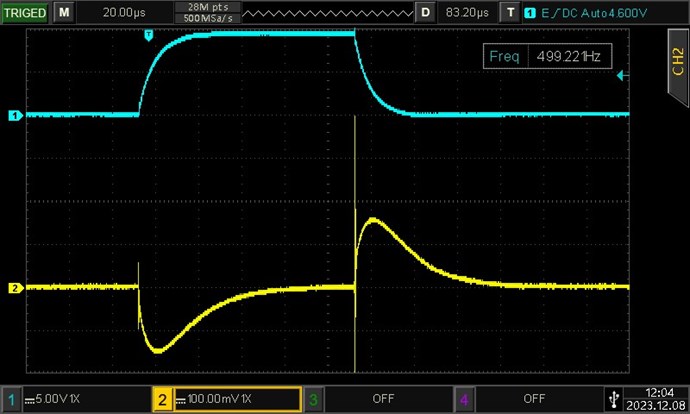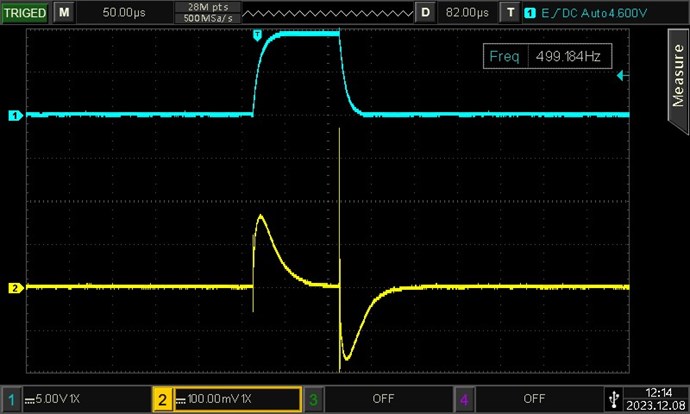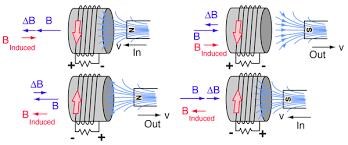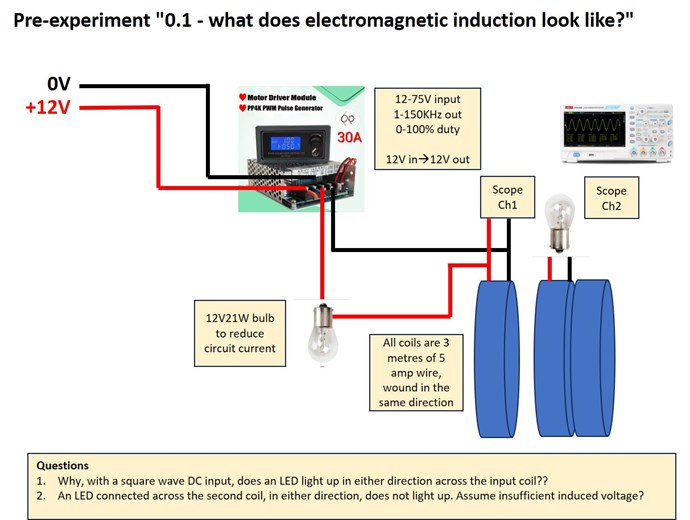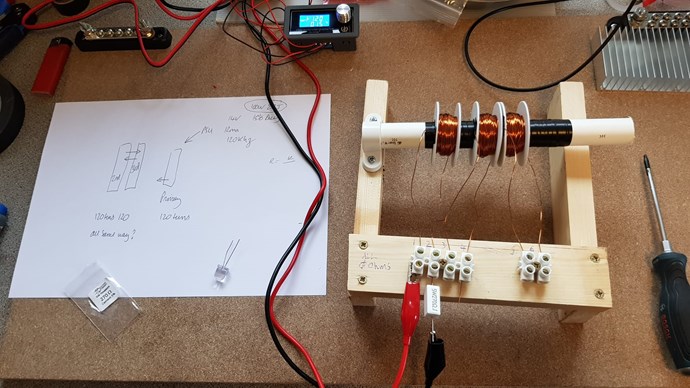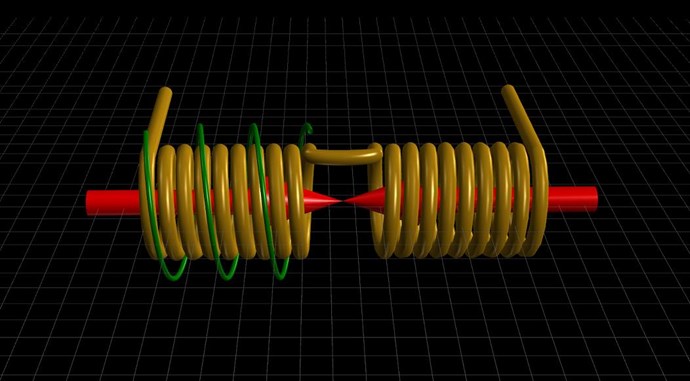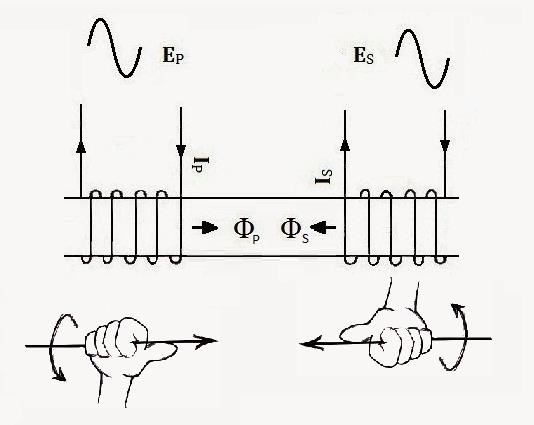Hello all,
My thread here will be very basic for all you experts out there, but I have no option but to start at the start. And then work my way 'upwards'. Please do feel free to correct me, tell me what I got wrong, and point me in the right direction. I will always try to describe what I aim to achieve, how I will set things up to do this, and my results together with my explanation of what I think I have seen.
I have spent the last several weeks reviewing materials on this forum, and quietly built up a collection of equipment that has today allowed me to make a start, of sorts..
I have the following items:
- Scope
- 0-30VDC 10 amp PSU
- Dual output PSU 2-12VAC and 0-24VDC
- 'Square' wave PWM generator, 1-100% duty, 0-150KHz. This runs at 12V.
- A couple of multimeters, one of which performs minor scope functions
- Various connectors
- Some megnet wire, and air coil bobbins.
- All sorts of electrical detritus left over from building a car
- Various diodes and LEDs
- some Bourns 30W 0.1 CSRs which I will use to create my version of some 'measurement boards'.
- etc
Shortly I will receive 2 pairs of C-Cores made of diffferent material, and some power resistors for limiting the current in my coil circuits.
My plan is to replicate some of your experiments to begin with, and learn what I need to learn.
My next post will post the results of my first pre-experiment.
Cheers, M.




